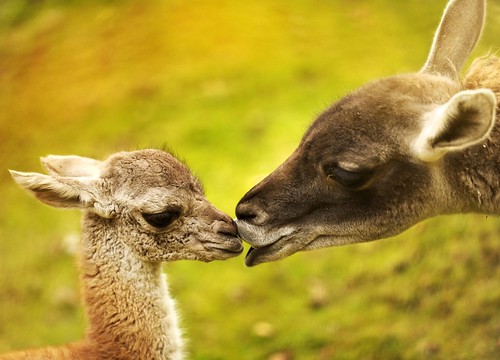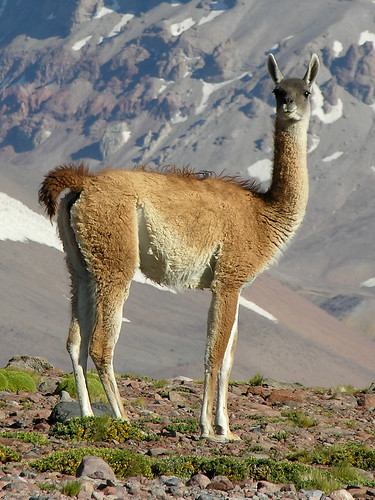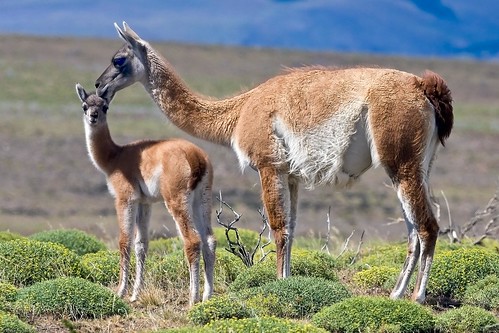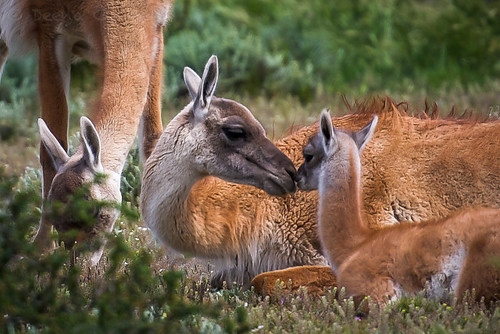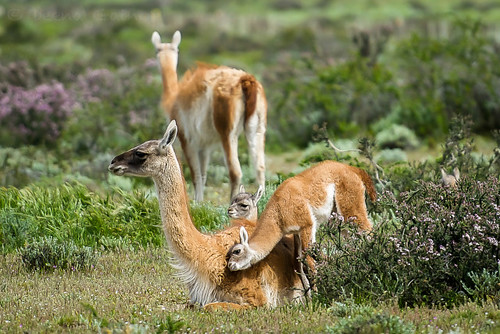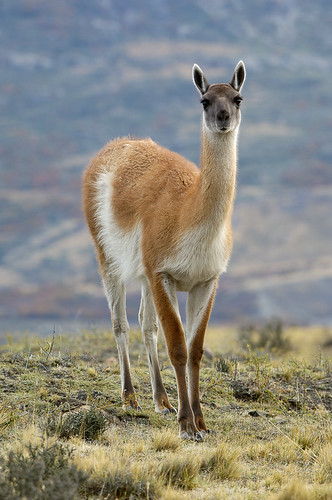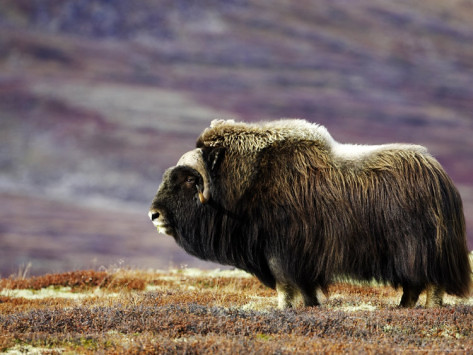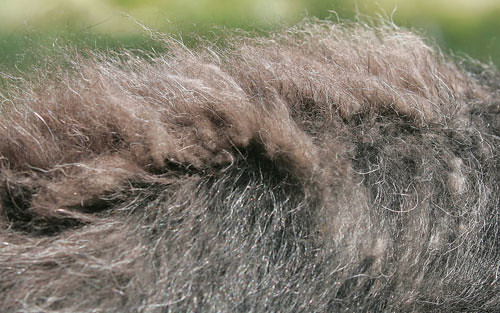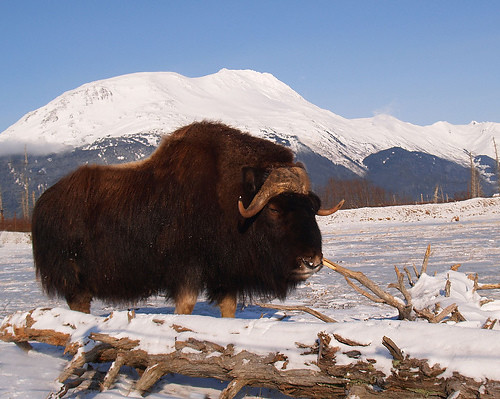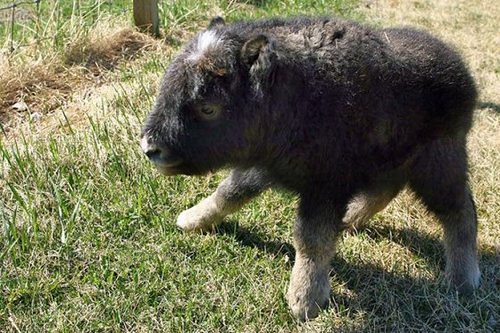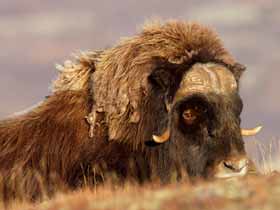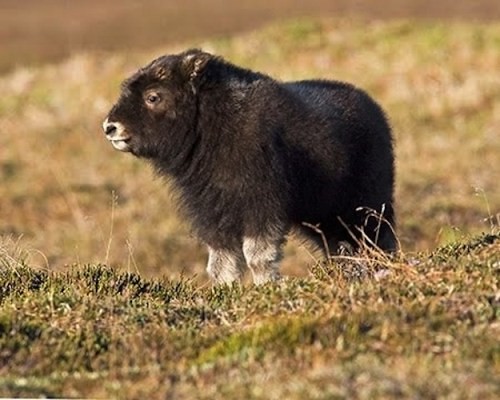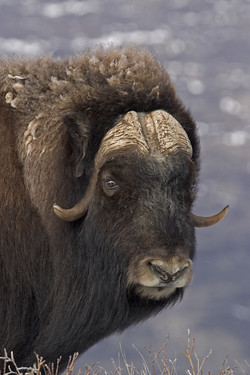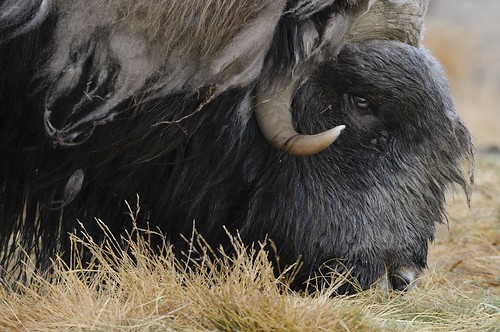
Sometimes there is so much going on that you don’t even know where to start…that is basically how my week has been.
Every year for the last twenty years I have been doing lots of big wool and yarn shows and even weekly markets, hey, even two or three markets a week. So I know what busy looks like and feels like, but big yarn and wool shows are another beast altogether. Well, at least that’s how I treat them going by the saying “if you don’t have it, you can’t sell it”..lol
my production schedule is hectic at the best of times with weekly updates and custom orders plus the monthly art journey club to produce, but adding a show is a whole other level : it means , for me at least, that I get even less sleep because I tend to dye during the day, let everything rest before rinsing it all the next morning and spinning and plying at night, with brief intermissions of cooking and feeding all the animals including Paul..or as I often call it from one cooking pot (the dye pot) to another…lol

I have been dyeing tens of kilos of yarns and spinning so much, I think if I would fall asleep at the wheel, my body is so accustomed to the repetitive action, I can just keep going while I doze off…rofl..it has happened before…
I wonder how many of you who spin yarn have fallen asleep at the wheel? I’d love to know!
Preparing for a show always is a bit more tense than usual and because so much is happening at once, drying,skeining, labelling, I tend to forget to commemorate the whole thing with photos or videos. I so have to get into the groove with that because it probably will make me feel less guilty not putting all the yarns and extras on the shop while they are getting ready for the show. Let’s see if I can reprogram myself to do that.
This weeks update is something super special though: very shiny and special. Paul has made some amazing semi precious stone inlay phangs and I have been prepping and dyeing gothic tops for this update (and the show coming up at Merri-bed town hall in Coburg, Melbourne, on May 13th and 14th)
I feel very strange saying this but there’s not much else to report : just working working working from early morning til about 3-4am in the morning…
I promise i will have some exciting stories next week! Something to look forward to😜
Here’s the link to all the new gothic and phang happenings plus fab GLOW in the dark yarns on the IxCHeL shop: https://ixchel.com.au/collections/whats-new
Wishing you all a wonderful weekend and happy crafting!
big hugs
Charly







